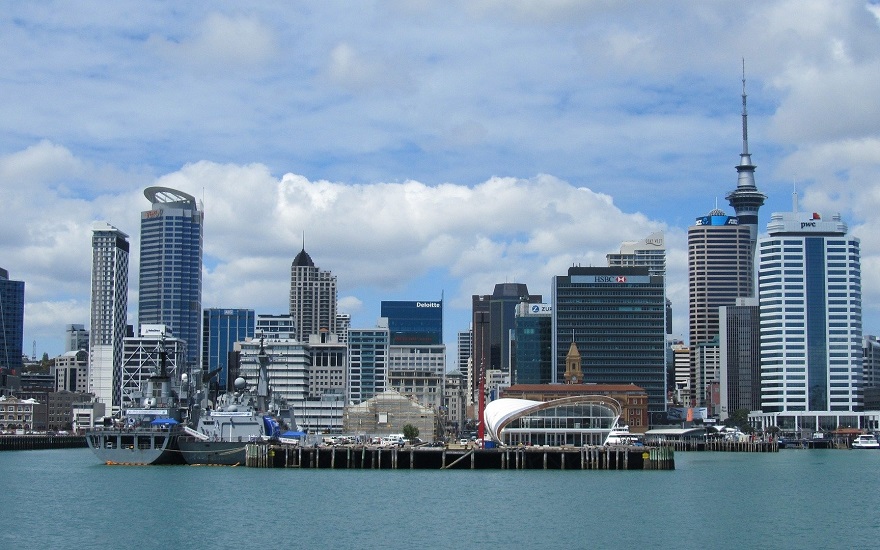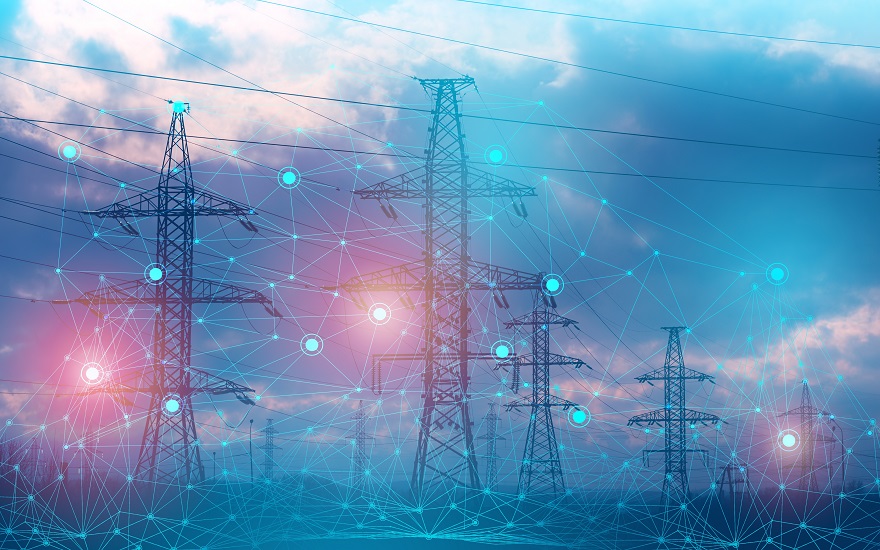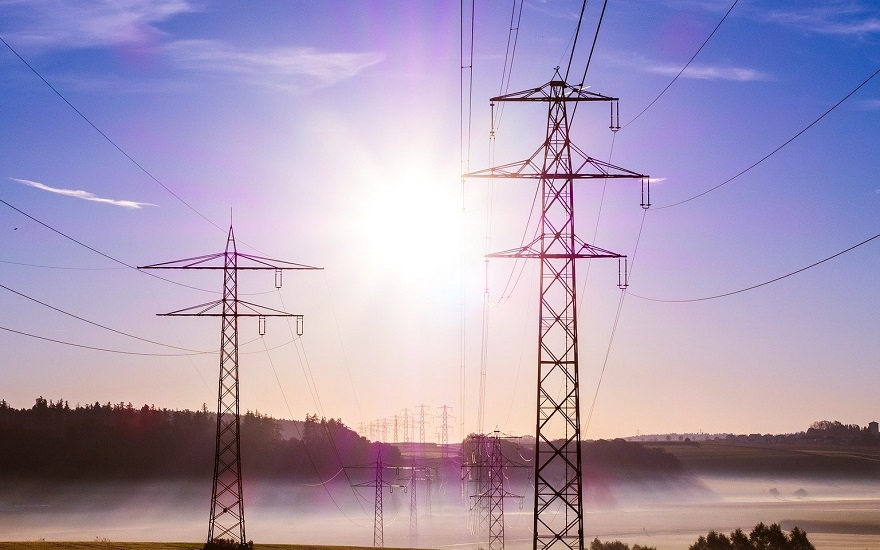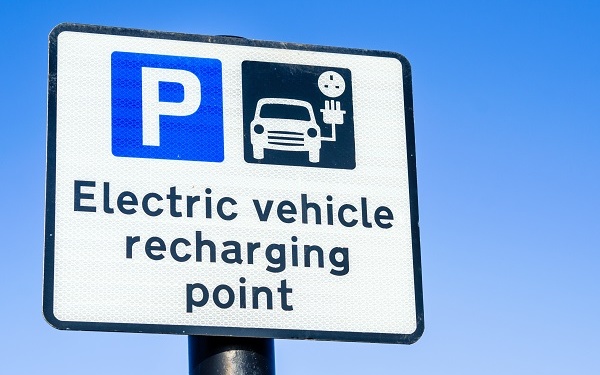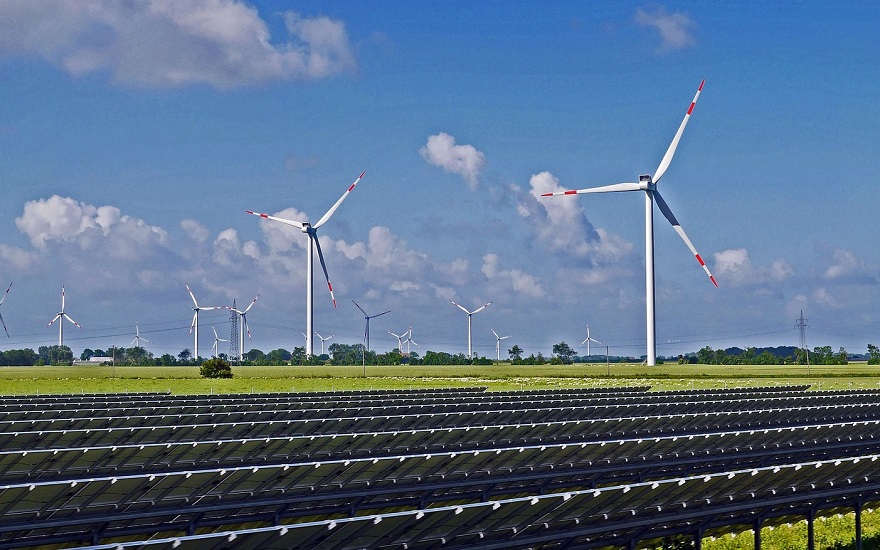Auckland loses power… again. We take a look at the history of blackouts that have plagued New Zealand’s largest city, including an infamous incident that took five weeks to resolve.
Companies in Auckland central business district (CBD) are counting the cost after a lunchtime power cut. The 23 January outage lasted for a couple of hours, causing disruption to the city’s train network and the Downtown Ferry Terminal.
Vector, the local electricity distribution company, was unsure about the reason for the power cut.
Disruption from the incident was relatively short-lived. It certainly didn’t come close to the biggest of several blackouts that the North Island city has experienced in recent decades.
Indeed, wind the clock back to 1988 and many parts of the city centre were in the dark for a staggering five weeks.
More Than A Month Without Power: Auckland 1998
The summer of 1998 was a hot one, with scorching temperatures across Auckland sending the demand for energy-guzzling air conditioning in the city centre skywards.
The then Mercury Energy (which subsequently became Vector) primarily supplied electricity to the CBD through four 110 kV underground power cables running from the state-owned transmission company Transpower’s Penrose substation.
Two cables each connected to the city centre substations at Liverpool Street (Oil) and Quay Street (gas).
In addition, there was a 22 kV cable running from Kingsland substation.
Two of the cables were gas-filled and first installed in the 1940s. The other pair of oil-filled cables had been operating since the 1970s.
Such ageing infrastructure had proved problematic, particularly the gas-filled pair, which suffered frequent faults. But no-one had ever contemplated the possibility of all four cables being out of action at the same time.
However, in a matter of four weeks from 22 January 1998, each of the cables malfunctioned as a result of what was later found to be substandard maintenance and inadequate contingency planning.
The first Quay Street cable failed on 20 January, with the second dropping out on 9 February. This left the Liverpool Street cables as the main source of power to the city.
The increased load put on these two lines caused them to trip out too, on 19 and 20 February respectively. That left a single 22 kV cable as the only source of power, putting much of the city centre into a blackout that lasted until 27 March.
Engineers did manage to repair the gas cables. But even though they were put back into service, they were restricted to a capacity of just 30 MVA.
However, the oil cables were completely destroyed. Restoring electricity to the city centre required a temporary 110 kV overhead line where cables were strung up on hastily built concrete pylons along the rail corridor between Penrose and Liverpool Street.

Auckland Overcoming Adversity
In the five weeks it took to fully restore power, it is estimated that 60,000 out of the near 75,000 workers in the CBD either worked from home or relocated to other office either in the city suburbs or even other locations across New Zealand and Australia.
To try and minimise the disruption as power slowly started to return, the CBD was split into two zones, one getting power in the mornings and the other half in the afternoon.
City centre companies estimated their collective losses run to NZ $60 million a week (approximately £20 million a week at the time), with tourism amongst the hardest hit.
Between 30-40% of hotel reservations were cancelled, even though most of the hotels in the CBD could operate thanks to backup generators.
Small businesses also bore the brunt of the blackout, with only a fifth of the 1,000 retailers in the CBD remaining open. Cafes, pubs, clothes shops and gift shops suffered as customers swerved the city centre.
Speaking of generators, Mercury Energy sourced standby power from across New Zealand to provide temporary electricity.
It even borrowed the world’s largest cargo plane from Irish rockers U2, whose world tour was in Sydney at the time, to transport generators from Australia.
Pointing The Finger
Energy Minster at the time Max Bradford ordered an immediate independent inquiry into the Auckland blackout.
Its report published on 21 July was highly critical of Mercury Energy and its predecessor the Auckland Electric Power Board (AEPB), believing its management of the underground cables was “below industry practices”.
It stated that AEPB knew the 110 kV gas cables were “unreliable” but “didn’t fully resolve the repetitive gas leaks”.
The investigation warned that Mercury Energy had “placed heavy reliance on the oil cables, which was unaccompanied by any investigation of their actual conditions”.
It acknowledged Mercury was a “competent distribution company but did not have the required expertise, operations and management procedures” to run the transmission side of things.
The company’s maintenance procedures were criticised as “deficient” as it stood accused of underestimating the risk and under-planning the security of supply.
The renamed Vector reinforced power supplies into the city. A new 9 km tunnel from Penrose to Hobson Street via Liverpool Street containing two 110 kV cables was completed in 2001.
While a third 110 kV cable running from Mount Roskill to Quay Street via Liverpool Street replaced the old gas terminals, which were eventually decommissioned.
Auckland’s Trail Of Power Problems
In addition to this week’s brief interruption and the major outage of 1998, Auckland has experienced several other significant power outages.
- 12 June 2006 saw the CBD and several other suburbs go without electricity for around six hours. Two rusting shackles on overhead wires at Otahuhu substation snapped in 55 mph winds. This sent earth wires crashing onto live cables, wiping out power to around 70,000 people.
- On October 2009 a forklift truck hit a 220 kV transmission line cutting power to northern Auckland and Northland. It was the only power line working at the time, as the other was undergoing maintenance. The incident cut power to 280,000 people for three hours and forced the temporary closure of the Marsden Point oil refinery.
- Around 200,000 people were without electricity for several hours in 2011 following a fault in the connection between the Huntly Power Station and the national grid.
- October 2014 saw 85,000 people in the city’s central and eastern suburbs go without power for 12 hours after a cable fire in the Penrose substation. The official report into the incident revealed too many cables (38) were installed in the trench when the fire broke out.
- While in April 2018, high winds in excess of 60 mph damaged power lines and caused 200 outages across the city. Around 180,000 went without power, with some having to wait more than a week to be reconnected.
